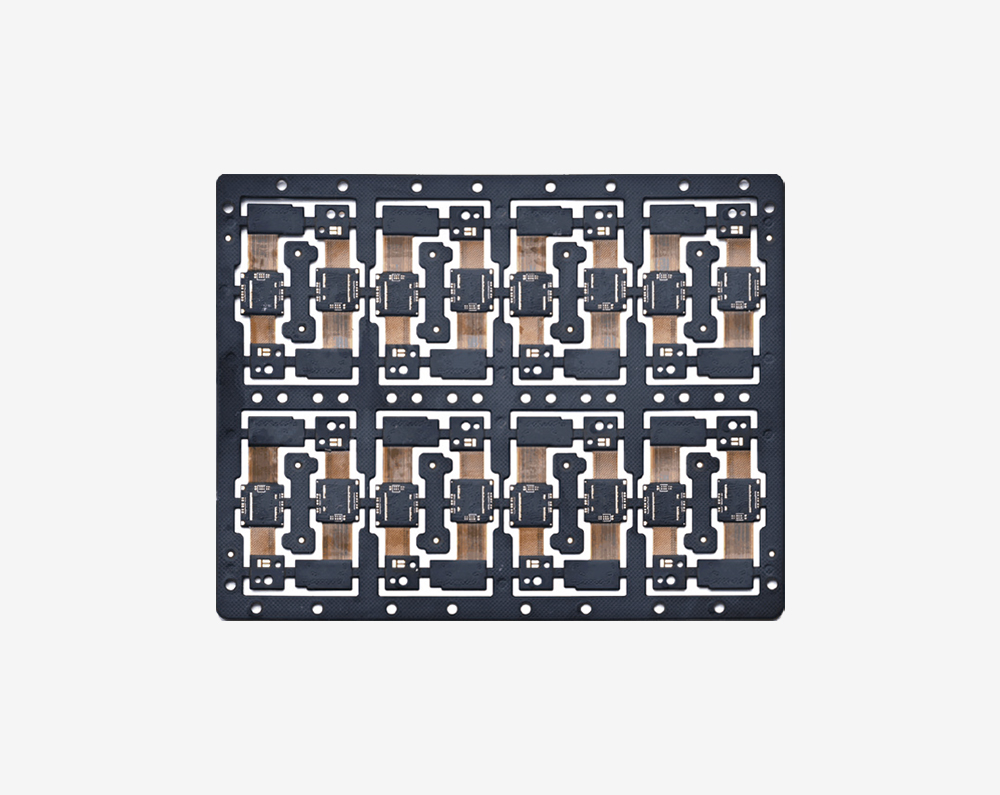Time:2023-07-18Views:
The substrate or intermediate layer is a very important part in BGA packaging. In addition to being used for interconnection wiring, it can also be used for impedance control and integration of inductors, resistors, and capacitors. Therefore, the substrate material is required to have high Glass transition temperature rS (about 175~230 ℃), high dimensional stability, low moisture absorption, good electrical performance and high reliability. The metal film, insulation layer, and substrate medium also have high adhesion performance.
1. Packaging process flow of PBGA wire bonding
① Preparation of PBGA substrate
Laminate extremely thin (12-18) on both sides of BT resin/glass core board μ M thick copper foil, followed by drilling and through hole metallization. Create graphics on both sides of the substrate using conventional PCB and 3232 technology, such as guide strips, electrodes, and solder zone arrays for installing solder balls. Then add a solder mask and create a pattern to expose the electrode and solder area. To improve production efficiency, a substrate typically contains multiple PBG substrates.

② Packaging process flow
Wafer thinning → wafer cutting → chip bonding → plasma cleaning → wire bonding → plasma cleaning → molded packaging → assembly of solder balls → reflow soldering → surface marking → separation → final inspection → testing bucket packaging
The chip bonding uses silver filled epoxy adhesive to bond the IC chip to the substrate, and then uses gold wire bonding to achieve the connection between the chip and the substrate. Then, it is molded or filled with liquid adhesive to protect the chip, welding wire, and solder pad. Use a specially designed suction tool to place a solder ball 62/36/2Sn/Pb/Ag or 63/37/Sn/Pb with a melting point of 183 ℃ and a diameter of 30mil (0.75mm) on the pad, and perform Reflow soldering in a traditional reflow furnace. The maximum processing temperature cannot exceed 230 ℃. Next, use CFC inorganic cleaning agent to perform centrifugal cleaning on the substrate to remove residual solder and fiber particles on the packaging body, followed by marking, separation, final inspection, testing, and packaging for storage. The above is the packaging process of lead bonded PBGA.

